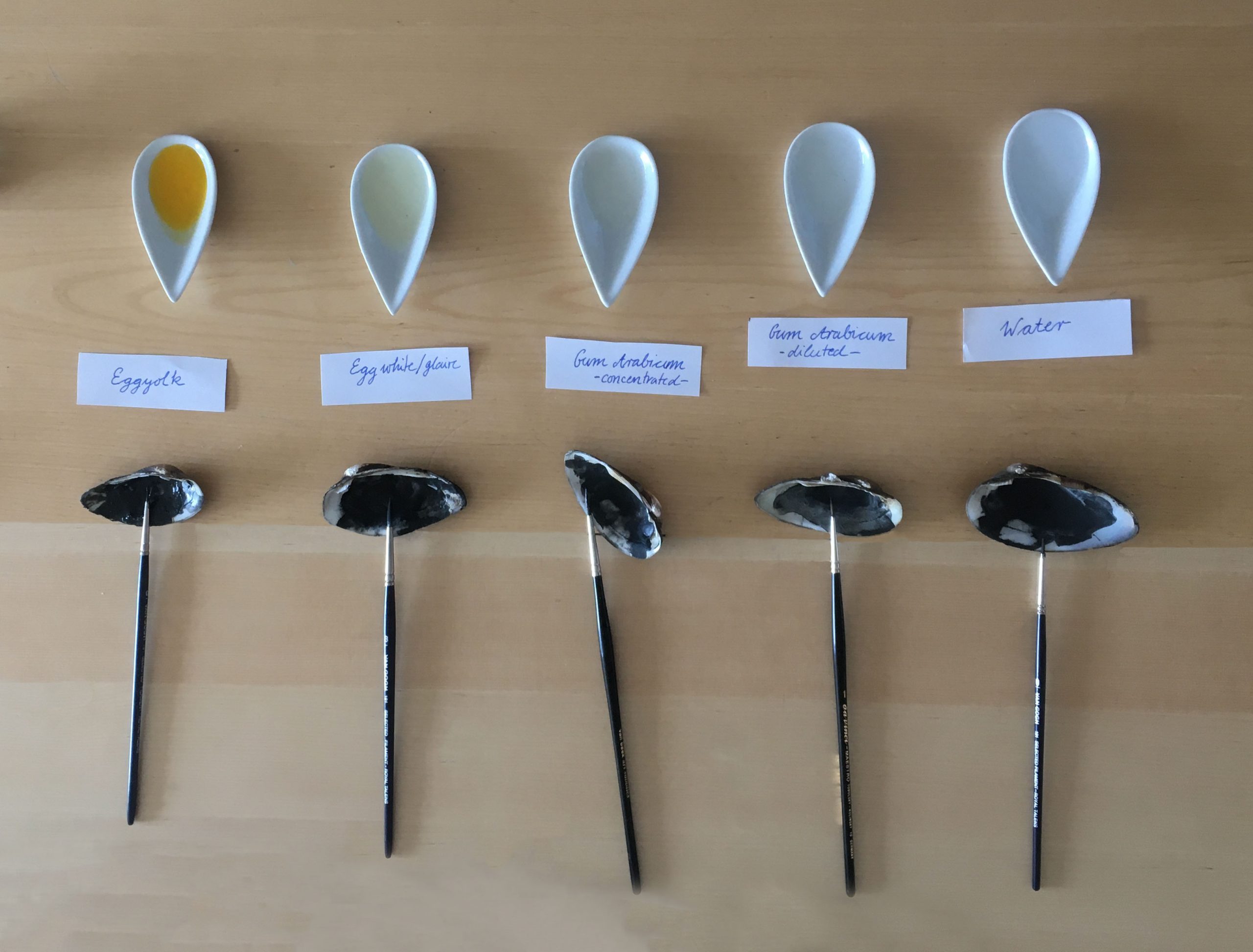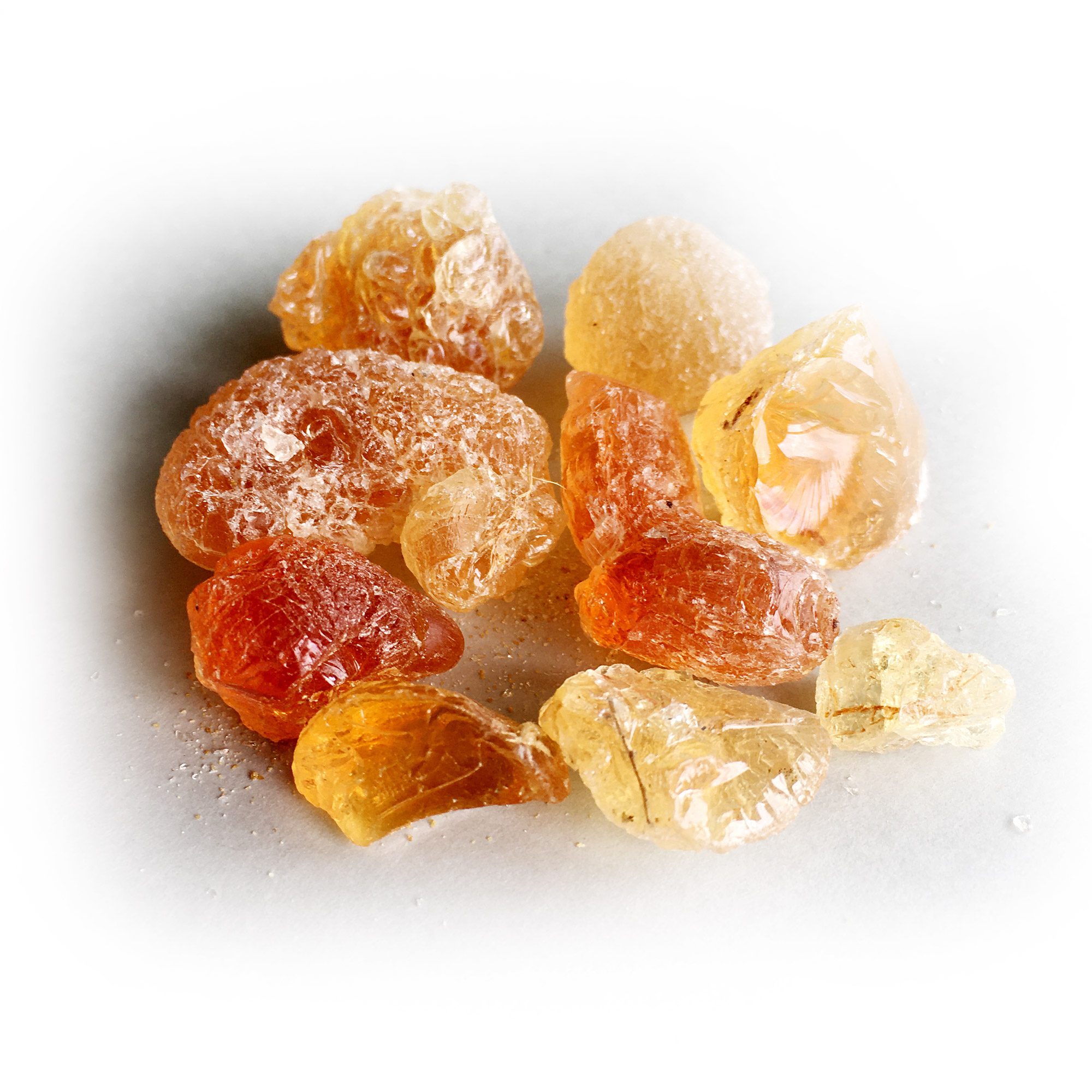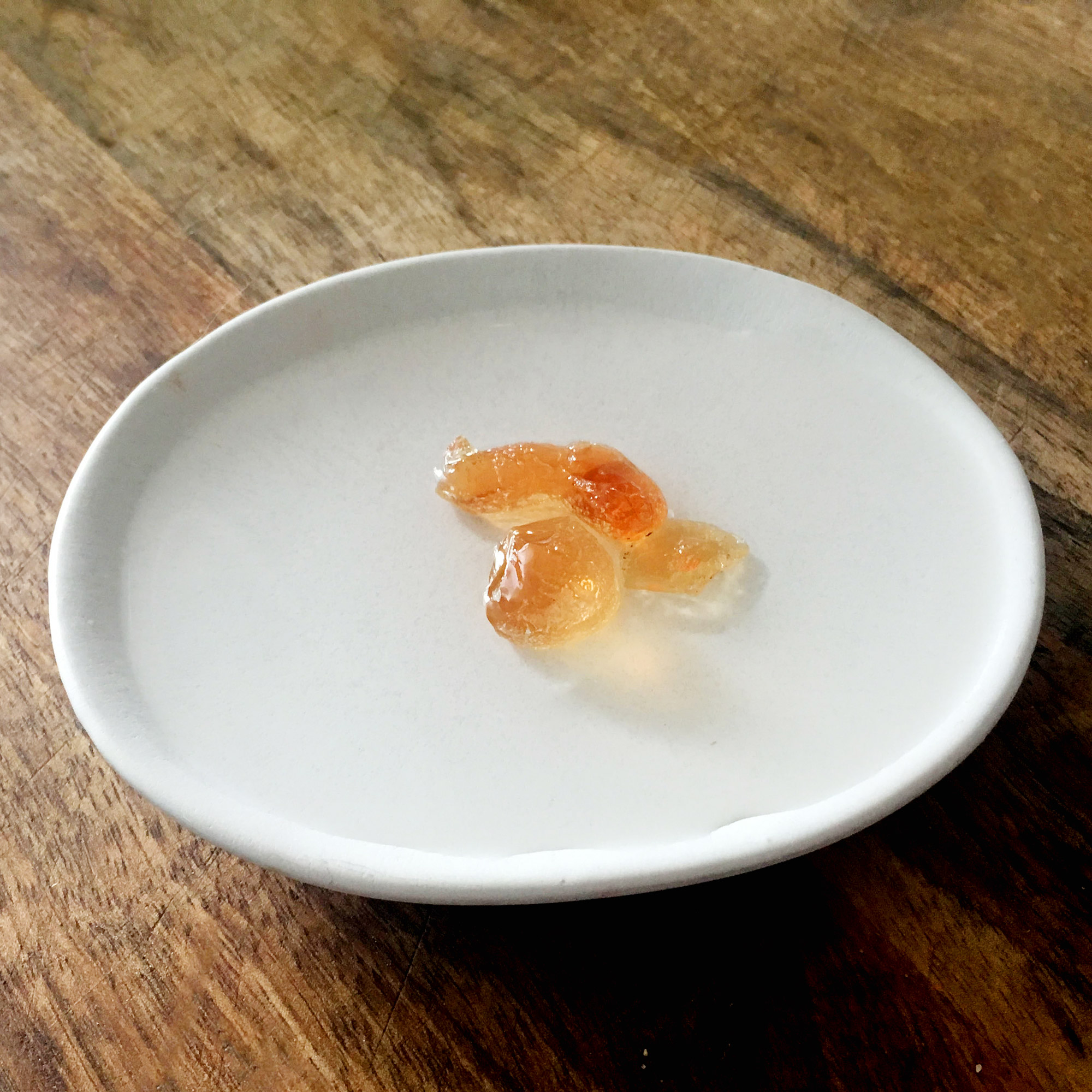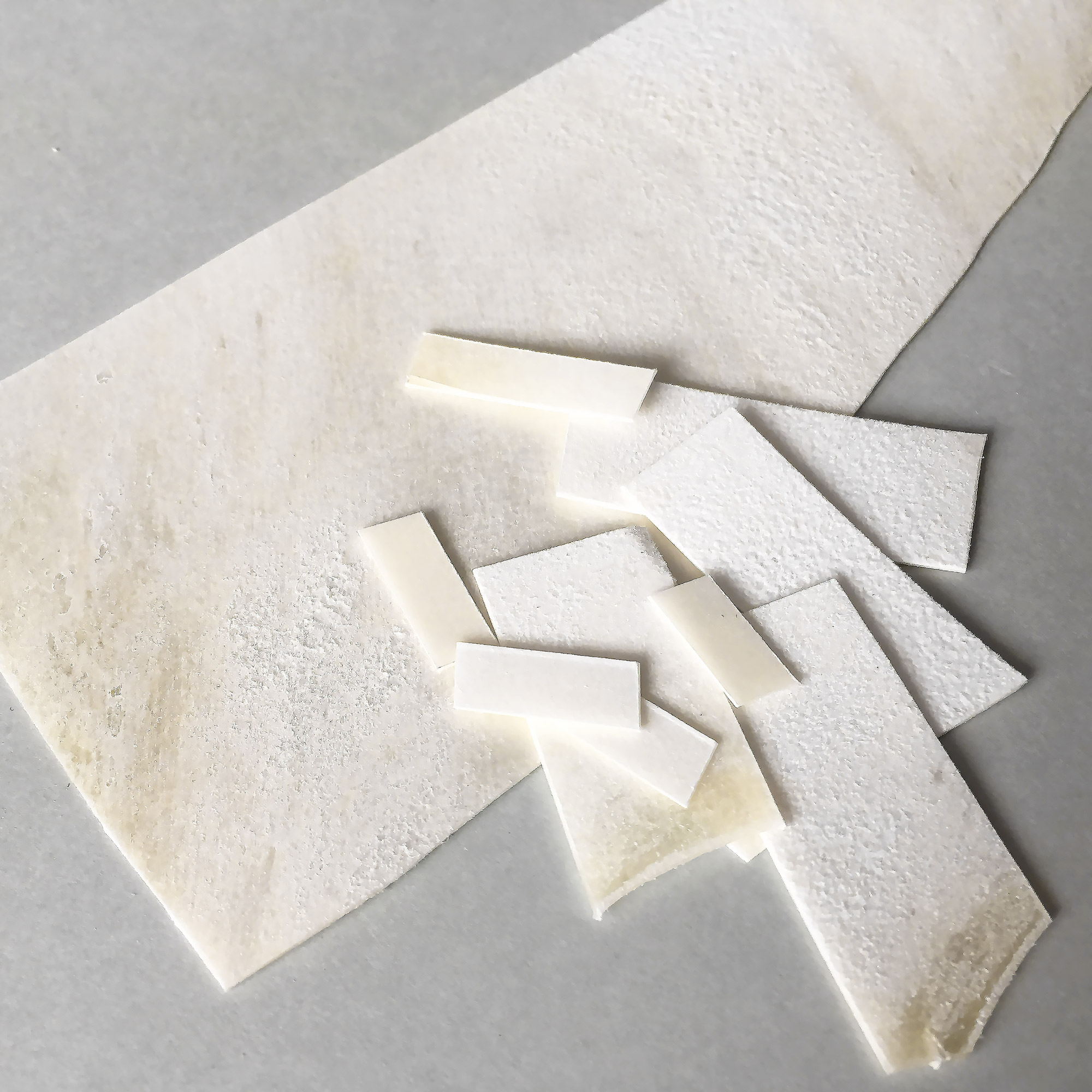A binding medium keeps the pigment in suspension, allows for adherence to surfaces like parchment and paper, and determines the morphology and gloss of the dry paint layer. Medieval sources are quite precise on which binding media are to be used with specific pigments. In the consulted literature on watercoloring, gum water, made from gum Arabic, is by far the most common binding medium for black pigments.[1] Mainly the older, medieval recipes prescribe size or parchment glue, egg white or egg yolk for specific black pigments. In case of black pigments, the choice of the binding medium is of less importance, since most of these pigments are chemically inert. For chemically more active pigments like verdigris or lead white the binding medium matters since it can have a detrimental effect.[2] Black pigments can therefore be used with any aqueous binding media, a fact that was known to illuminators. Boltz van Ruffach advises “young arriving painters and illuminators” for example to mix their black pigments with whatever medium they want: “Temperier sy darnach an mit welcher temperatur du woellest / so hastu gar ein schoen gut schwartz”.[3] Systematically organized treatises on watercolors often contain a separate section that describes the preparation of common binding media (Figure 54).

> Gum Arabic: (Figures 55a, 55b) Gum Arabic is left in clean water until it is dissolved. The process is faster if the water is warm. A gum Arabic solution can be stored for a few days without molding. The viscosity can be easily adjusted by adding water. Usually, illuminators had 2 concentrations of gum Arabic at hand, “the one strong, the other weak”.[4]
> Parchment Glue: (Figures 56a, 56b) Parchment glue or size is made by taking pieces of glove leather or parchment scraps, seething them in water until the liquid becomes “somewhat thicke and clammy between your fingers”[5], followed by straining the liquid through a cloth into a container. The drawback of parchment glue is that it needs to be used warm, quite impedimental for its use as a binding medium for watercolors.
> Glair (Egg white): (Figures 57a, 57b) Glair, the white of an egg, is wrung through a natural sponge until it becomes “as thin as water”.[6] The disadvantage of glair is its limited storability. It results in very homogeneous, matte paint films. RECONSTRUCTION
> Egg Yolk: (Figure 58b) Egg yolk can be used directly and provides for texture and gloss. Without diluting it has quite a viscous texture. Textual sources do not refer to the use of egg yolk directly for black watercolor pigments. Either they mention the use of ‘egg’ as such, leaving open which part of the egg they refer to,[7] or they describe a more complex procedure where the egg yolk is used in combination with gum Arabic.[8]

Reconstructions showed that the binding medium influences the gloss and texture of a watercolor considerably. Learned illuminators would not only carefully choose their raw materials for black pigments, but most probably take advantage of the qualities that different binding media offer. This knowledge was probably lost with the extinction of the high art of illumination.
[1] Link to article in Chapter 12 Reissland, Table 2
[2] De Mayerne notes for example on pigments used in oil that the greenish pigment verd de gris (copper green) is such an ‘enemy to other colors, that it kills them all’, Mayerne. 1620-46. Mayerne Manuscript, London, British Library, MS Sloane 2052: fol. 4r: “Le verd de gris (dont on se sert seulement pour glacer) est tellement ennemy des aultres couleurs, qu’il les tue toutes, specialement la Cendre d’Azur.”
[3] “Then mix them with a binding medium of your choice / so you get a beautiful good black”, in: Boltz von Ruffach. 1549. Illuminier Buoch: p. xcviij. https://doi.org/10.3931/e-rara-5578.
[4] Salmon. 1673. Polygraphice: p. 94. https://www.shipbrook.net/jeff/bookshelf/details.html?bookid=22.
[5] Anonymous. 1596. A very proper treatise wherein is breefely set forth the art of limming: fol. 2v. https://archive.org/details/verypropertreati00impr/page/n6.
[6] Anonymous. 1596. A very proper treatise wherein is breefely set forth the art of limming: fol. 3v.
[7] Le Begue in Merrifield. 1849. Original Treatises, Dating from the XIIth to the XVIIIth Centuries, Vol. 1: p. 138.
[8] Bartl et al. 2005. Der “Liber illuministarum” aus Kloster Tegernsee: p. 93.





